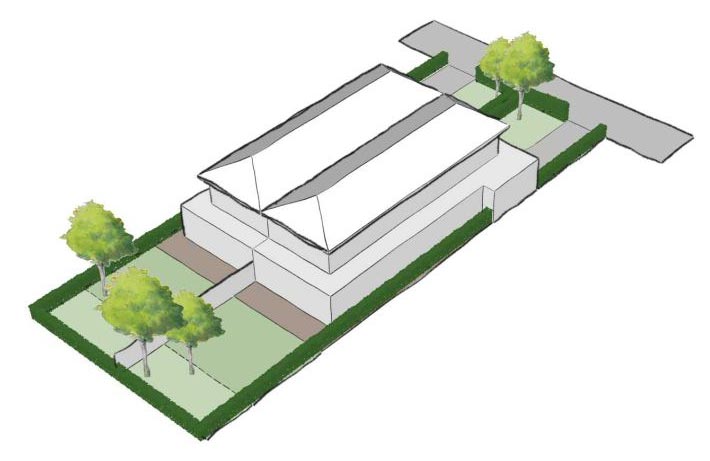The Victorian Government has reaffirmed their intent to shortly accept applications for its shared equity scheme known as HomesVic from up to 400 applicants. This was first announced in March 2017.

As we said at the time:
… our analysis not only here but overseas is that they simply lifts prices by the same amount. It is a zero sum game.
Whilst we understand the political agenda, this move is unlikely to improve housing affordability and access to property.
Of course many will highlight that fact that buyers will be entering the market as prices being to go south, and might even suggest this is a further attempt to keep the property market afloat.
The scheme will allow young people to purchase a home with the state government providing up to 25 percent of the purchase price – reducing the size of the mortgage that must be taken out. When the house is sold, the government recoups its share of the proceeds.
The $50-million initiative aims to make it easier for first-home buyers to enter the market by reducing the size of their loan, hence reducing the amount they need to save for a deposit.
The initiative targets single first-home buyers earning an annual income of less than $75,000 and couples earning less than $95,000.
Eligible applicants must buy in so-called “priority areas” which include 85 Melbourne suburbs, seven fringe towns and 130 regional towns and suburbs.
In Melbourne, the list includes suburbs around Box Hill, Broadmeadows, Dandenong, Epping, Fishermen’s Bend, Footscray, Fountain Gate, Frankston, LaTrobe, Monash, Pakenham, Parkville, Ringwood, Sunshine and Werribee.
The scheme is not available in most of Melbourne’s bayside suburbs, the leafy inner eastern suburbs or some pockets of the inner north.
The state government said the locations were chosen in growth areas where there was a high demand for housing and access to employment and public transport.
Regional centres on the list include Ballarat, Bendigo, Castlemaine, Geelong, La Trobe, Mildura, Seymour, Shepparton, Wangaratta, Warrnambool and Wodonga.
Some of the locations are where mortgage stress, on our modeling is highest – we will release the January results next week.
The move was welcomed by HIA – “it is a positive scheme that addresses the rising problem of housing affordability and will help see young people achieve the Aussie dream of owning their own home faster,” senior spokesperson for HIA Kristen Brookfield said.
“HIA figures show that the typical stamp duty bill on homes in Victoria has risen by 4,000 percent since 1982. With the median price of a Melbourne dwelling at $720,417, this makes buying a house a pipe dream for so many low income young people.
“Buying a house gives an individual a sense of great pride and security. Although the HomesVic scheme is currently only open to 400 applicants, it is still a good start and we will watch its progress with keen interest,” Kristin Brookfield concluded.


